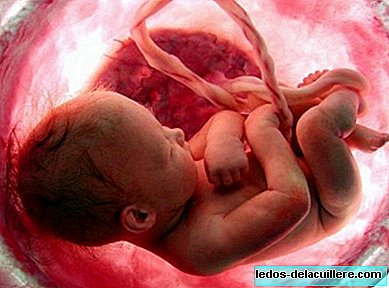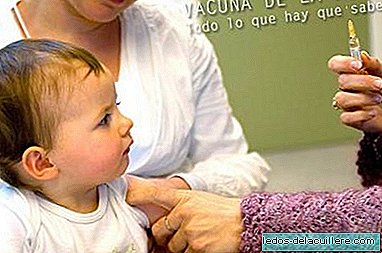
What factors explain the increased incidence of mental disorders among children and youth? Some experts relate this fact to the breakdown of family structures, the increase in unemployment among young people, and the unrealistic educational / professional aspirations that families have for their children.
Last April the Spanish Association of Neuropsychiatry (AEN) alerted with a percentage: 'Between 10 and 20 percent of Spanish children and adolescents suffer from mental disorders'. And yet we find a reason for hope, because according to the child psychiatrist Encarnación Mollejo (head of the district of Mental Health of Arganda del Rey), the early diagnosis of these diseases allows a more favorable evolution. Severe mental disorder in childhood and adolescence includes pathologies such as autism, schizophrenia, paranoid status, affective psychosis, among others. Psychiatrists who work with these types of pathologies know that the sooner they are detected and the treatment begins their impact and more favorable evolution, because otherwise, some of these disorders could be maintained until adulthood.
Child psychiatry is the least developed of the 'psychiatry', being a specialty that is not even recognized, sometimes the lack of resources for proper patient care is added to this fact. But in the face of these circumstances that the family cannot control, it is very important that In case of any suspicion or doubt, the parents go to the pediatrician or a specialist, and that school guidance services are able to detect these diseases, even if it is incipiently.
And it is that even today in some sectors there is a tendency to think that children do not suffer from mental illnesses, and that if these occur they will be mild. So that with an early diagnosis it will be easier to find effective treatment. And even more so considering how expensive therapies are, and the need for different entities to coordinate.
Today it is known that the risk factors for mental health problems are sufficiently demonstrated and include abuse in childhood; violence in the family, school and neighborhood; poverty; social exclusion and the disadvantage in teaching. Stigma directed towards young people with mental disorders, and the human rights violations to which they are subjected, increase the adverse consequences. Therefore, mental health problems in young people represent a major challenge for public health worldwide
This type of pathologies they are more frequent in men, since it affects five boys for each girl. But regardless of whether those affected are boys or girls, what seems clear is that 'the onset of these disorders at a very early age and their persistence throughout life compromise personal development and seriously affect family life, school, social and labor stage, producing a significant mismatch and suffering in children and their families'.
In June, the 25th AEN Mental Health Congress was held in Tenerife, and specialists pointed out the need for establish an individualized treatment protocol, a continuity of care program, as well as coordinated actions with other devices such as Primary Care and education, as well as review and analyze some treatment experiences in children and adolescents that are already working.
I leave you with another figure that we already met in the course of our experience with Dr. Amparo Ferreros, 'almost half of life's mental disorders manifest before age 14': This is a statement that comes from the World Health Organization. They also tell us from this organization that similar types of disorders are observed in all cultures.












